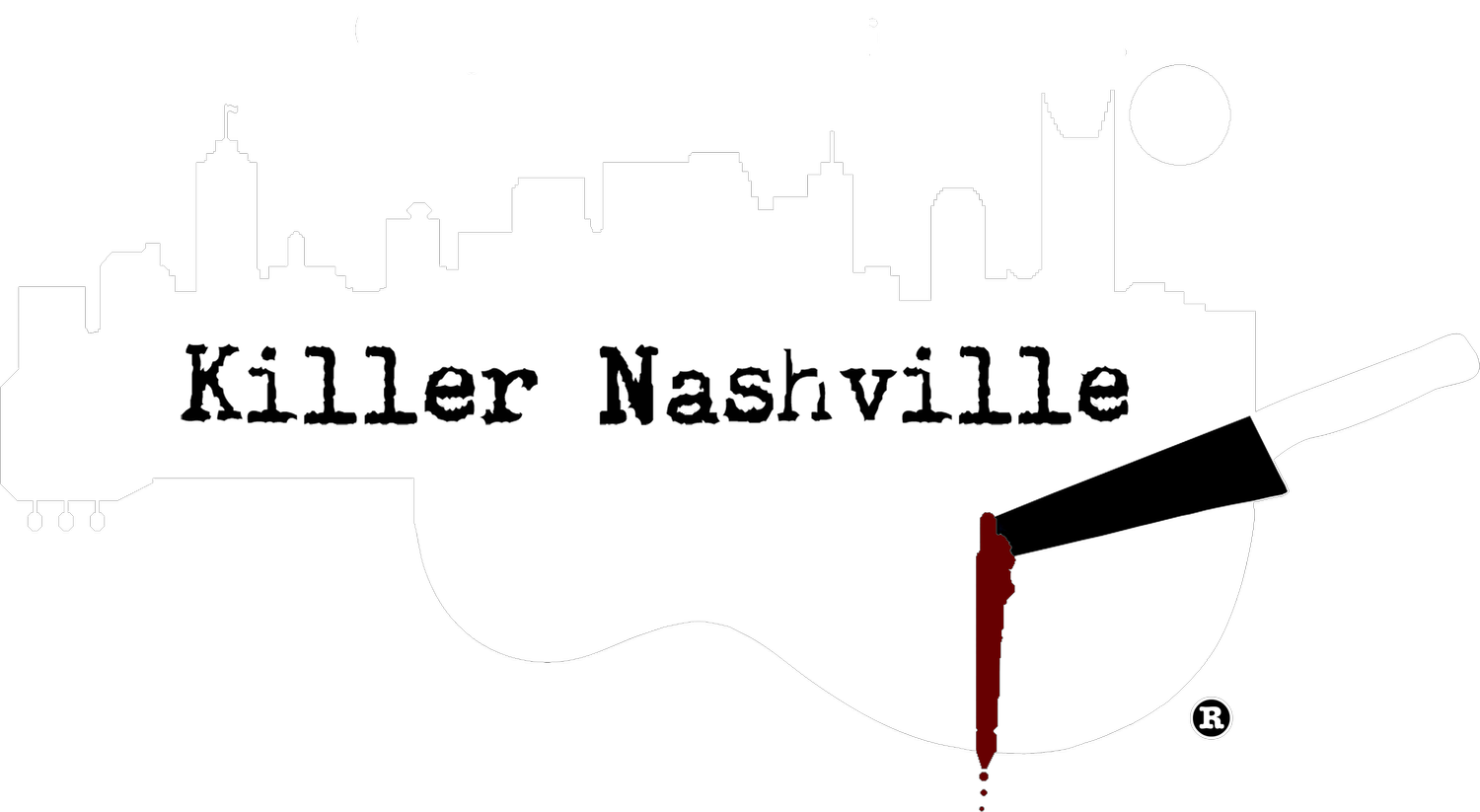The Magnificent 7: Universal Story Plots and the Twelve Archetypes
By Martha Reed
I was asked by a curious fan how I built my stories. Not where my story ideas came from, but about their actual construction, their underlying, underpinning architecture. Writers already know how to use the basic three-act structure, but are there other options in our writerly toolbox that we should be using to lure our readers in?
The answer is ‘yes.’ Human beings have certain story expectations bred into our bone marrow. Developed in pre-written history, seven universal plots and 12 archetypes have successfully survived into our modern era, crossing multiple cultural divides. That’s not to say writers should rigidly follow a static and unwavering formula or create stale and hackneyed characters. Those would instantly turn an avid reader off. But do the following inherited plots and archetypes still have something to offer?
First, let’s look at definitions:
The basic story question is: “What happens next?”
Plot happens next. It’s the sequence of events inside the story.
An archetype is a story element like an idea, a symbol, pattern, emotion, character type, or event that occurs in all cultures. Archetypes represent something universal in the overall human experience. (I’ll share an example. The international movie, “Crouching Tiger, Hidden Dragon” used so many common archetypes that I found myself repeatedly wondering if I’d seen the movie before.)
In 2004, literary theorist Christopher Booker wrote “The Seven Basic Plots: Why We Tell Stories,” basing his premise on the following seven plots:
Overcoming the monster – An evil force is threatening the hero/heroine and their world. The h/h must slay the monster to receive a great reward.
Rags to riches – The h/h is insignificant and overlooked by others. Because of a trigger event, they are revealed to be exceptional.
The quest – The h/h sets out on a long, hazardous quest, overcoming all obstacles until they reach their goal.
Voyage and return – The h/h travels outside of their comfortable world into the unknown before returning to the safety of their home.
Comedy – A series of trigger events involving mistaken identity or a fundamental misunderstanding that results in hilarious chaos.
Tragedy – A story without a happy ending that ends in loss or death.
Rebirth – The h/h falls under a dark form of control before breaking free and being redeemed.
Regarding archetypes, psychologist Carl Jung theorized that we use such symbolism to grasp complex concepts more easily. He stated: “There are forms or images of a collective nature which occur practically all over the earth as constituents of myths and at the same time, as individual products of the unconscious.” Jung maintained that these archetypes remained unchanged and recognizable and that they exhibit personality traits that are commonly understood.
The 12 archetypes are:
The Innocent – Seeks to do things the right way in harmony, free of corruption or influence.
Everyman – Seeks connections and belonging. Supportive, faithful, and down-to-earth.
Hero – On a mission to make the world a better place.
Outlaw – Questions authority and breaks the rules.
Explorer – Inspired by travel, adventure, and risk.
Creator – Imaginative and inventive, driven to create things with real meaning.
Ruler – Creates order from chaos. Typically controlling and stern, yet responsible and organized.
Magician – Makes dreams a reality.
Lover – Inspires intimate moments with love, passion, romance, and commitment.
Caregiver – Protects and nurtures others.
Jester – Uses humor, irreverence, mischief, and fun to bring joy to the world.
Sage – Thoughtful mentor or advisor bringing wisdom and deeper insight.
Taking this information, try these exercises to tighten your creative focus:
Name a book or movie that uses each one of the seven plots.
Name a character from a book or a movie that fits each of the 12 archetypes.
Using your current work in progress, which of the seven plots fits your story? If you discover some overlap, which plot is stronger? What happens to your storyline when you focus only on that one?
Identify an archetype for each one of your characters. Next step: which archetype do they think they are? Do the two choices match? What happens to your focus and your character’s motivations when they do?
Martha Reed is the IPPY Book Award-winning author of the John and Sarah Jarad Nantucket Mysteries and of “Love Power,” her latest mystery set in the spellbinding city of New Orleans featuring Gigi Pascoe, a transgender sleuth.
She’s an active member of the Florida Gulf Coast and Guppy chapters of Sisters in Crime, a member of Mystery Writers of America, and in a moment of great personal folly she joined the New Orleans Bourbon Society (N.O.B.S.)
Her stories and articles have appeared in Pearl, Suspense Magazine, Spinetingler, Mystery Readers Journal, Mysterical-e, and in “Lucky Charms – 12 Crime Tales,” an anthology produced by the Mary Roberts Rinehart Pittsburgh chapter of Sisters in Crime. Her story, “The Honor Thief” was included in the 2021 Bouchercon anthology, “This Time For Sure,” edited by Hank Phillippi-Ryan.
Martha adores travel, big jewelry, California wine country, and simply great coffee. She delights in the ongoing antics of her family, fans, and friends who she lovingly calls The Mutinous Crew. You’re invited to follow her on Facebook and Twitter @ReedMartha.
